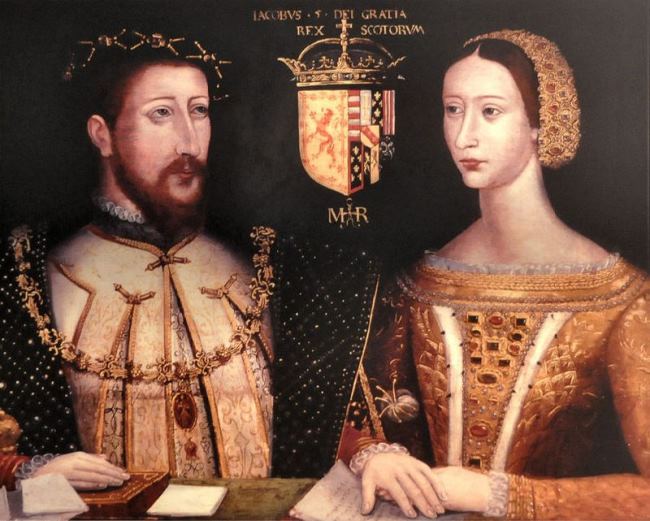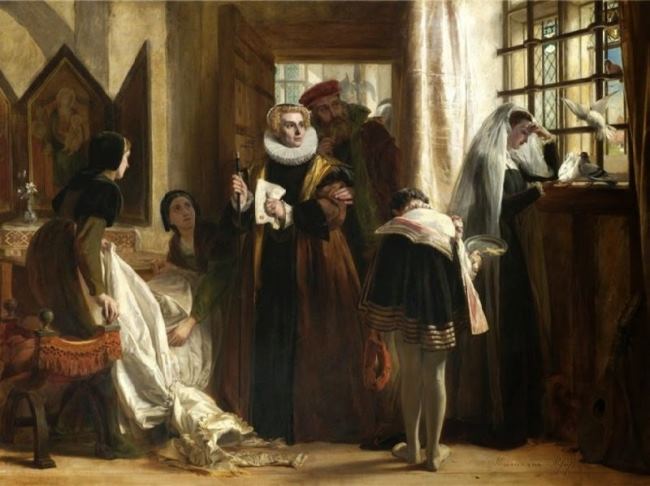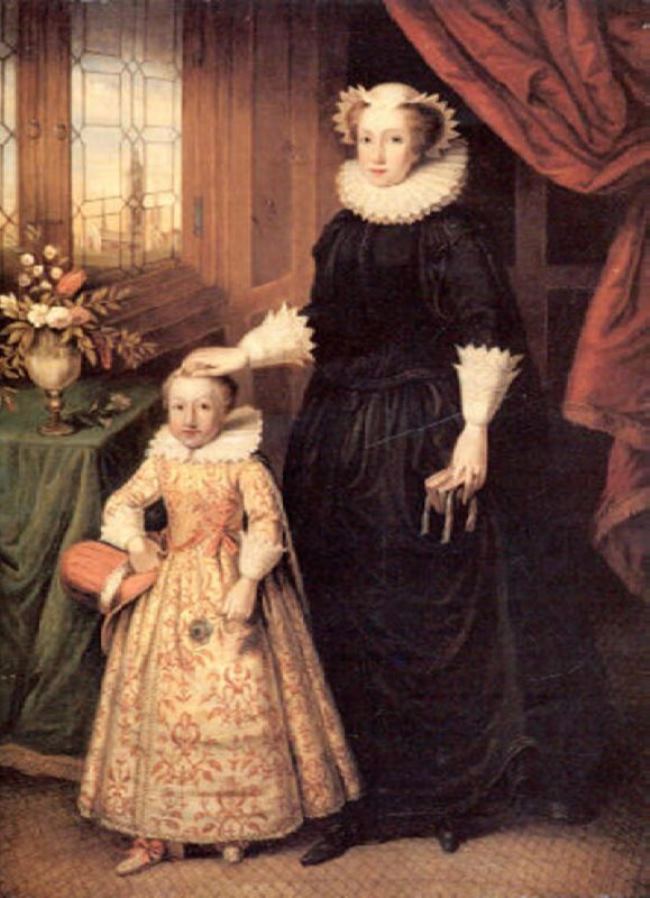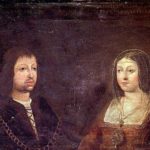Mary Queen of Scots
Mary Stuart was the queen of Scotland and France, a woman whose destiny has been capturing the gaze of the writers for almost five centuries. The life of Scottish Queen Mary Stuart was filled with events and emotions. She loved, intrigued, betrayed, wanted to be happy, had thirst for power … She was passionate and lively. And, of course, she dreamed of being happy – both as a woman and as a queen.
Two crowns for one girl
Mary Stuart’s father, King of Scotland, Jacob V, died only a few days after the birth of his daughter. He was not happy: shortly before that, the monarch had survived the death of two sons and a defeat in a battle with the British.
Today Scotland is the northern part of the UK. Beautiful, harsh land of mists and ancient castles. And in the XVI century, Scotland was an independent state, actively defending its independence in the struggle with the British neighbors. This country defended the Catholic religion, resisting Protestantism spread by the British.
After the death of her father, Mary remained the only representative of the royal dynasty. She was proclaimed Queen of Scotland in early infancy. However, some people wanted to marry her to English Prince Edward, thereby uniting the two countries under the rule of one dynasty. Others had completely different ideas.
Mary’s mother, a Frenchwoman, Marie de Guise, first wanted to stay with her young daughter in Scotland. But she changed her mind, looking at the endless conflicts and feuds between the British, the Scottish Protestants and the defenders of the status of Scotland as an independent Catholic state. As a result, the five-year-old princess left for her mother’s homeland – France.
Thus began the most serene years in the life of Mary Stuart. In the Louvre, she was given a good education. And they were preparing her for the brilliant future of the queen of France. In 1558, fifteen-year-old Mary was married to fourteen-year-old French dauphin Francis. The following year, Francis was crowned: his father died in an accident. But Mary was the Queen of France for only a year: in 1560 her young husband died from a sudden infection.
No one needed 18-year-old widow in France. So, she was quickly expelled to her native Scotland. At first, she led quite a moderate policy, especially without advertising her commitment to Catholicism. From the royal palace in cold Edinburgh, she wanted to make a kind of Louvre, with its warm beauty and secular entertainment …
But soon the queen realized: she couldn’t remain correct and impartial. In addition, Mary wanted love and chose young and sophisticated Lord Darnley. Reckless marriage dragged inexperienced woman into a cobweb of dangerous court intrigues.
Soon she became pregnant. But even the future child did not bring her husband closer to her: the lord obviously did not like Mary and preferred to spend time away from his wife. Well-educated Italian David Riccio became her favorite. He nicely entertained the sad pregnant head of state, officially listed as her secretary. The legitimate husband was not even in love, but jealous. On March 9, 1566, Darnley and his allies broke into the chambers, where Mary had dinner with her favorite, and killed the presumptuous Italian.
Three months later, the queen gave birth to her only child, son Jacob, who much later was destined to become a king of both England and Scotland …
Mary Stuart was naive: she did not understand what a flexible person a monarch should be. And in what an ambiguous situation may be the one who seems to people free and decisive, but in fact is one of the most dependent people in the world.
Queen got terribly angry at her husband. Soon his house was blown up, and Darnley himself was found strangled. Until now, historians argue about who organized this murder. At that time the queen had a new favorite – Earl Bothwell.
In 1567, Stuart became Bothwell’s legal wife. So, the blatant foreign woman finally turned the Scottish nobility against herself. The marriage of Mary, who was so eager to be happy in marriage, triggered the beginning of a civil war in which the troops loyal to the Queen were defeated. Mary was arrested, her husband ran away. Stuart was forced to abdicate the Scottish throne in favor of her son. She had no choice but to escape and hide herself in the territory of hostile England – the nest of the Protestants.
A halo of martyrdom quickly arose around the Scottish queen. This is evident from the way her execution was depicted in painting.
The situation was extremely complicated by the fact that, still living in France, Mary Stuart publicly declared herself the legitimate English queen. After all, then Elizabeth I, who ruled under the canon law of the Roman Catholic Church, was considered illegitimate. And Mary on the female line was the great-granddaughter of Henry VII Tudor, King of England. And now she turned out to be a prisoner of the very Elizabeth, whom she declared an imposter to the whole of Europe.
Fortunately, the physical destruction of Mary was not part of the plans of the Queen of England. She would be completely satisfied with the rival’s captivity and renunciation. Moreover, the death of Stuart would have caused unrest in the ranks of European Catholics and could provoke an aggravation of relations with strong European powers – with France, for example.
In the hands of an Englishwoman was a trump card: Scottish queen was blamed for the murder of her husband. For this, she could be convicted at any time.
Mary was offered to abandon the claims to the English throne in writing. Such a refusal would ensure her a peaceful life in one of the quiet English castles. But then Stuart asked not to talk about renunciation again. The English queen was indignant. Mary, hiding in her territory and taking advantage of her favors, claimed her own place!
At the same time, it turned out that the Duke of Norfolk, whom the Queen of England commissioned to investigate the details of the murder of Darnley, fell in love with Mary and was negotiating with a zealous Catholic, Philip of Spain, about the release of Stuart. Such a turn of affairs made Elizabeth crazy. Norfolk was executed. Once again unhappy Mary Stuart lost the man who loved her.
Finally, it turned out that proud Stuart transferred the right to inherit the English throne to Philip of Spanish, the main enemy of England. It was too much!
The Queen of England reasoned correctly: Catholic Stuart was not supported in England, for the Scots she was the murderer of her husband, and France, who could support Mary, was tortured by civil strife. A small provocation was needed, and Elizabeth masterfully organized it. Mary’s supporter, Catholic Babington, lured a written order from Mary to kill the Queen of England.
When everything became known, Stuart was transported to the darkest Fotheringhay Castle. There she was sentenced to death in December 1586 …
In February 1587, Mary Stuart was publicly beheaded. Her son Jacob became the heir of childless Elizabeth.































